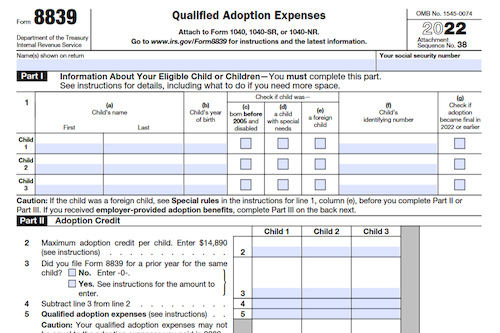A shareholder who agrees to report a consent dividend as taxable income in the form of a dividend on their own tax return must complete Form 972 for the corporation to claim a consent dividend deduction. The corporation must attach a copy of Form 972 and Form 973 to their income tax return.
What is Form 972?
Form 972 is used by shareholders to treat a consent dividend as a taxable income for that shareholder, even if the shareholder does not receive cash. It allows the corporation to claim the consent dividend as a deduction on its income tax return, while also increasing the shareholder’s basis in the stock of that corporation. Form 972 must be filed with the corporation by the due date of its tax return and must including the shareholder’s identifying number and address. A signature is also needed, which may come from a fiduciary or officer of the shareholder if it is a company, or from their attorney or agent if they are authorized to do so.
IRS Form 972 – Who Needs to Fill It Out?
IRS Form 972 needs to be filled out by a shareholder who agrees to report a consent dividend as taxable income, even if they do not receive an actual cash distribution. The form should be signed by the shareholder or a partner if it’s a partnership, and if the shareholder is an estate or trust, the fiduciary or officer must sign. An attorney or agent may sign if they are authorized by a power of attorney. Form 972 needs to be sent to the corporation who will claim the deduction by the due date of the corporation’s tax return.
Step-by-Step: Form 972 Instructions For Filling Out the Document
Filling out Form 972 is an important step for shareholders who agree to report a consent dividend as taxable income, even though they receive no actual cash payment. The corporation will need to attach a completed Form 972 along with Form 973 and a copy of the shareholder’s tax return to their income tax return when filing. To fill out the form, the shareholder should provide a social security number if they’re an individual or an employer identification number if they’re anything else. The address should include the room, suite, or other unit number following the street address. Finally, the form must be signed by the shareholder, a partner if it’s a partnership, a fiduciary or officer if it’s an estate or trust, or an authorized officer if it’s a corporation. An attorney or agent may also sign if they have a power of attorney that’s been previously filed.
| Information Required for Form 972 | Details |
|---|---|
| Shareholder Information | Name, Social Security Number, and more |
| Corporation Information | Name, Employer Identification Number (EIN), and more |
| Consent Details | Amount to be included in gross income and more |
Do You Need to File Form 972 Each Year?
Yes – Form 972 must be submitted to the corporation by the due date of the corporation’s tax return for the tax year in order for the corporation to claim the consent dividend as a deduction. This is the same tax year in which the shareholder must report the consent dividend as taxable income on their own tax return. Along with Form 972, the corporation must send a copy of each completed Form 972 as well as Form 973, Corporation Claim for Deduction for Consent Dividends to its income tax return. The shareholder must include their social security or employer identification number and properly signed form in order for the forms to be considered complete and valid.
Download the official IRS Form 972 PDF
On the official IRS website, you will find a link to download Form 972. However, to make it easier for you, we are providing the link in our article, which comes directly from the official irs.gov website! Click to download: Form 972
Sources:




